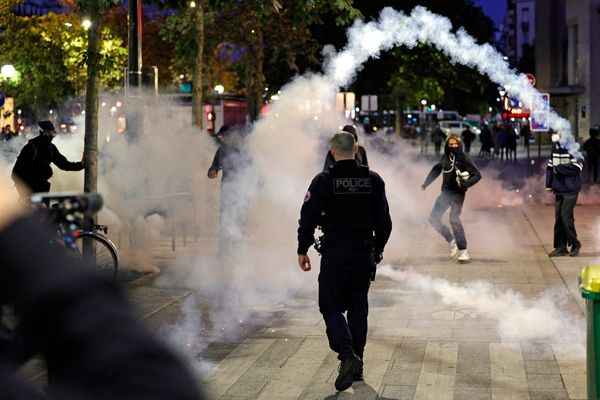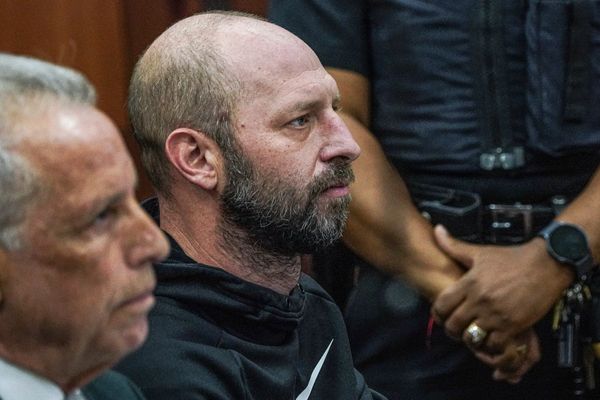
As the founder and director of the Climate Museum, which is the first museum in the US dedicated to climate change, I agree that art is critical to our ability to move towards climate justice (‘It’s positive, not apocalyptic’: can climate change art help save the planet?, 24 July). But contrary to this article’s suggestion, in our work at the museum, which mobilises arts programming to build individual and collective climate engagement, we’ve found that art doesn’t need to be positive or cheerful to inspire momentum and resolve.
The climate artwork at the centre of our last exhibition, the epic postcard mural “Someday, all this” by David Opdyke, is apocalyptic. It depicts a future in which everyone is trying to get somewhere else amid catastrophic floods, fires, and ecosystem disruption. But it is also beautiful and filled with remarkable details, some of them with a sci-fi bent, and with gallows humour (a gigantic moth destroys a Musk Mars rocket, for example). Despite its overall dystopian tone, it captured and held the attention of thousands of visitors – leaving them feeling not dispirited, but ready to engage in climate action.
The piece cites an example of the challenge of changing behaviour: visitors to an art installation who stopped, over time, tracking their own emissions, as suggested. But maybe the problem is with the specific call to action. We’re all embedded in a fossil fuel economy, and we need systemic changes to stop the combustion of coal, oil, and gas that endangers us. Tracking our individual emissions can make us feel both ashamed and powerless. In contrast, outward-facing actions as simple as talking more often about climate build a palpable sense of community and resolve, especially when framed as a collective project.
Art can move us powerfully towards civic activism on climate, enhancing our sense of agency to an almost astounding degree. To have the best chance of doing so, it does not need to be upbeat, but it must be aesthetically strong, interesting, and paired with explicit suggestions for collective and civic (rather than individual and consumer) action.
Miranda Massie
Director, The Climate Museum







